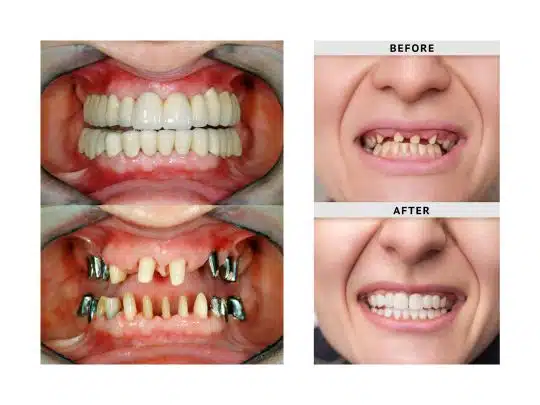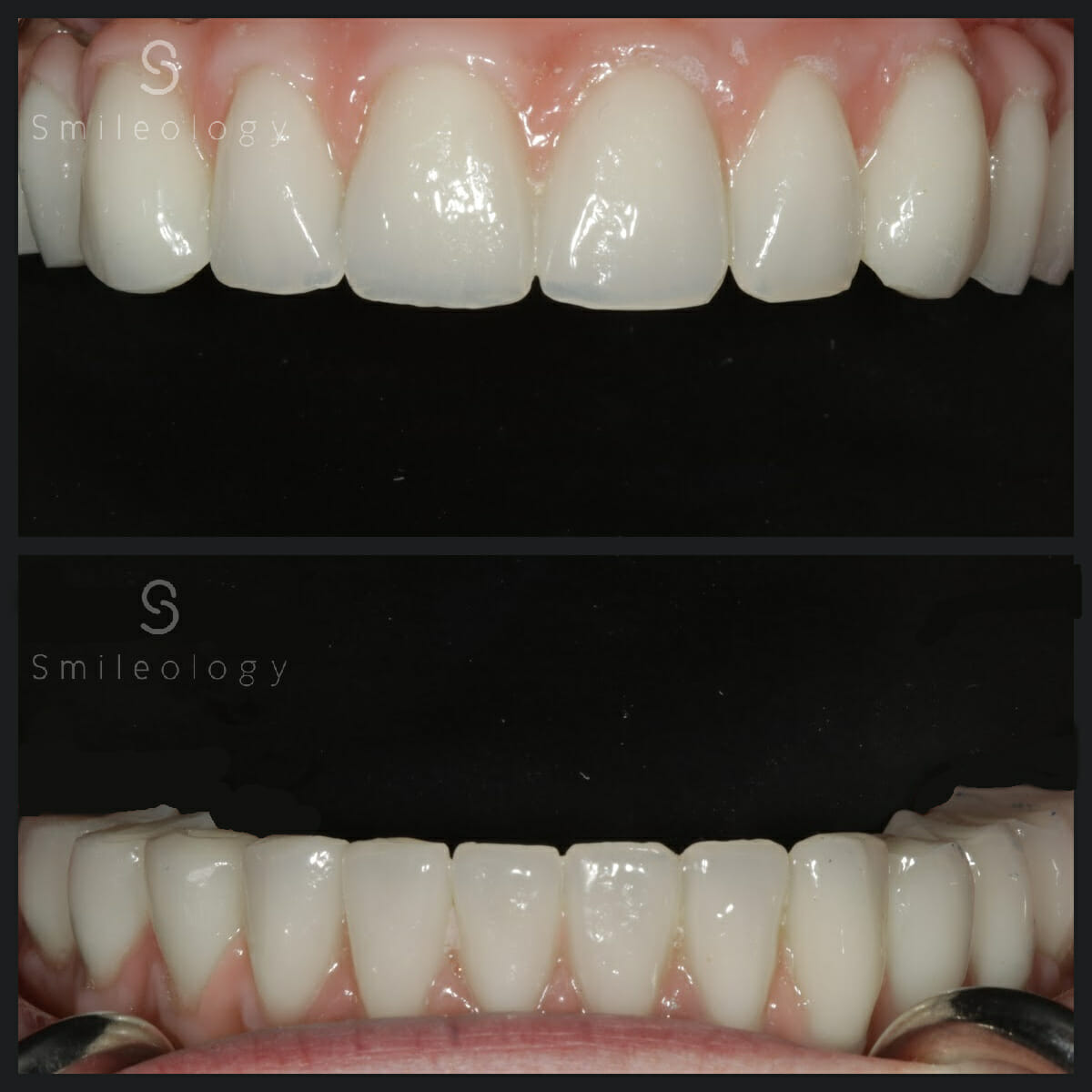Rebuild Your Self-confidence with Dental Implants Kent: Expertise You Can Trust Fund
Rebuild Your Self-confidence with Dental Implants Kent: Expertise You Can Trust Fund
Blog Article
Experience the Newest Innovations in Oral Implants Technology
As the area of dental care continues to evolve, the developments in oral implant technology have been absolutely nothing except impressive. From making use of sophisticated materials that improve resilience to the execution of electronic imaging for specific positioning, these advancements are changing the landscape of oral care. With minimally intrusive surgical methods and the customization abilities of 3D printing, individuals now have access to tailored options that were when inconceivable. In addition, the combination of technology is transforming the capability of dental implants, assuring improved outcomes and individual complete satisfaction.
Advanced Materials for Boosted Toughness
In the world of dental implants technology, the assimilation of sophisticated products has actually dramatically added to improving durability and durability of these important oral prosthetics. The utilization of products such as titanium alloys, zirconia, and ceramic substances has reinvented the field by offering boosted stamina, resistance, and biocompatibility to rust.
Titanium alloys are widely utilized in oral implants because of their exceptional strength-to-weight ratio, deterioration resistance, and compatibility with the human body. These alloys make certain the security and longevity of the dental implant by withstanding the pressures applied throughout eating and talking, providing a reliable option for patients looking for long lasting tooth replacements.
Zirconia, a sort of ceramic product, has obtained appeal for its biocompatibility and natural tooth-like look. Its high toughness and resistance to put on make it a suitable option for oral crowns and bridges, boosting the general looks and functionality of the dental implant.

Digital Imaging for Accurate Placement
The advancement of oral implants modern technology has better advanced with the assimilation of digital imaging methods, ensuring exact placement of these prosthetics for optimal useful and aesthetic results. Digital imaging plays an essential duty in the planning and positioning of dental implants by providing detailed 3D photos of the client's jawbone framework. This modern technology permits dental practitioners to analyze bone thickness, find crucial structures, and intend the exact placement and angle for dental implant positioning with unequaled precision.
By utilizing electronic imaging, dentists can create online medical overviews that work as a roadmap during the implant placement treatment. These overviews are personalized for each and every patient, considering their special composition and the desired end result. This degree of precision not only boosts the success rate of oral implant treatments however also minimizes the danger of complications.
Furthermore, digital imaging makes it possible for dental experts to envision the final prosthetic restoration prior to the real placement of implants, enabling meticulous preparation and guaranteeing that the end result meets the client's visual assumptions. Generally, the integration of electronic imaging technology has actually reinvented the field of oral implants, offering clients a more predictable, reliable, and patient-specific treatment strategy.

Minimally Invasive Surgical Techniques


Advancements in medical strategies have resulted in the growth of minimally intrusive strategies in the field of dental implantology. These strategies aim to reduce injury to the person, reduce recovery times, and enhance total therapy outcomes. Minimally invasive operations include smaller lacerations, specialized instruments, and progressed imaging modern technologies to exactly position dental implants with very little interruption to bordering tissues.
One key aspect of minimally intrusive techniques is using led surgical treatment, where 3D imaging and computer-aided style software application are employed to intend the dental implant positioning with great accuracy. This enables an extra foreseeable result and can commonly eliminate the requirement for considerable flap surgical procedure.
Moreover, improvements in materials and dental implant layout have actually likewise contributed to the success of minimally invasive techniques. Implants with improved surface area residential properties advertise quicker osseointegration, lowering the healing time called for prior to the prosthetic reconstruction can be positioned.
3D Printing for Customized Solutions
Using 3D printing modern technology in oral implantology enables for the production of very customized services tailored to individual patient requirements and physiological variants. This advanced modern technology allows dental experts to develop and fabricate oral implants with phenomenal precision and accuracy. By making use of electronic imaging techniques, such as cone light beam calculated tomography (CBCT), in-depth 3D versions of the individual's oral dental caries can be produced to find lead the implant continue reading this preparing process.
One of the vital advantages of 3D printing in oral implantology is the ability to create patient-specific implants that perfectly fit the one-of-a-kind makeup of each person. This customized technique helps improve the general success and longevity of the dental implant by making sure optimal fit and positioning. In addition, 3D printing enables the production of complex geometries and intricate frameworks that would be impossible or difficult to accomplish utilizing traditional manufacturing approaches.
Additionally, 3D printing innovation allows dental experts to improve the implantation process, lowering surgical procedure time and improving overall individual experience. With its ability to create personalized remedies quickly and effectively, 3D printing is transforming the area of oral implantology, offering individuals cutting-edge treatment alternatives and improved end results.
Integrated Technology for Improved Capability
Applying sophisticated innovation in oral implantology boosts capability and precision, boosting the criterion of care for patients undergoing implant procedures. Integrated innovation plays a crucial function in enhancing the total success and durability of dental implants. One essential improvement is the assimilation of electronic scanning and imaging technologies, such as cone-beam calculated tomography (CBCT) and intraoral scanners. These devices enable for in-depth 3D imaging of the patient's oral frameworks, assisting in precise treatment preparation and dental implant placement.
Furthermore, the combination of computer-aided layout and computer-aided manufacturing (CAD/CAM) modern technology makes it possible for the production of custom-made implant reconstructions with extraordinary precision. CAD/CAM systems use electronic impressions to design prosthetics that completely fit the individual's special makeup, ensuring optimal convenience and performance. Furthermore, making use of robotic-assisted surgical treatment in dental implant positioning improves precision and decreases the risk of human error.
Verdict
In verdict, the latest technologies in oral implants modern technology deal boosted resilience with advanced products, precise positioning with digital imaging, minimally intrusive surgical techniques, customized options with 3D printing, and boosted performance with integrated technology - Dental implants Kent. These developments in oral implants innovation are reinventing the area and giving people with even more reliable and reliable treatment options for restoring their smiles and dental health
The integration of technology is reinventing the capability of dental implants, promising enhanced end results and patient satisfaction.
The advancement of oral implants modern technology has further progressed with the assimilation of electronic imaging techniques, making sure precise positioning of these prosthetics for optimum functional and visual results. Minimally invasive surgical treatments include smaller incisions, specialized tools, and progressed imaging modern technologies to specifically visit their website position dental implants with marginal disturbance to surrounding tissues.
Executing sophisticated technology in oral implantology enhances performance and accuracy, raising the standard of care for patients undertaking dental implant procedures. Dental implants Kent. Integrated modern technology plays an important function in boosting the overall success and resilience of dental implants
Report this page